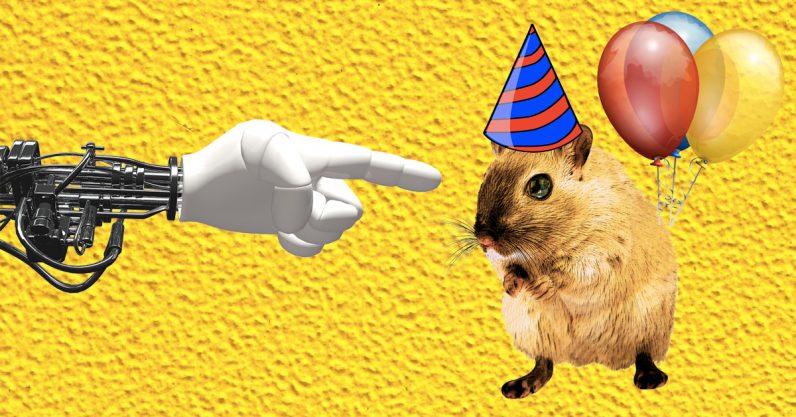
2019-4-17 11:17 |
The scientific world is always rife with new developments and breakthroughs. Over the past few years, the concept of #d printing organs has gotten a lot of attention. It now seems Israeli researchers successfully printed a 3D heart using a patient’s own cells. It is a very big breakthrough which can unlock a lot of new use cases in the near future. It can also aid in addressing the overall shortage of donor organs.
3D Printing Organs Becomes More ViableTo date, the concept of 3D printing human organs has remained at a standstill for some time. Scientists have successfully printed simple tissues, but they never achieved a big breakthrough in this regard. These tissues lack blood vessels, thus their overall use remains very limited first and foremost. However, it now seems a major breakthrough has been achieved to improve upon this situation accordingly. Scientists at Tel Aviv University have, for the first time, succeeded in creating a 3D printed heart using a patient’s own cells.
There is a genuine reason as to why this step is so crucial. By using the biological materials found in the host body, the 3D printed organ has a higher chance of being accepted by the body if a transplant were to occur. It is also the first time a 3D printed heart made of human cells has been deemed viable. Although more research is needed, this marks an important milestone for the scientific community as a whole. These hearts are far from ready for human transplantation at this time.
Lead Researcher Tal Dvir explains:
“This heart is made from human cells and patient-specific biological materials. In our process, these materials serve as the bioinks, substances made of sugars and proteins that can be used for 3D printing of complex tissue models. People have managed to 3D-print the structure of a heart in the past, but not with cells or with blood vessels. Our results demonstrate the potential of our approach for engineering personalized tissue and organ replacement in the future.”
This new approach started out by taking biopsies of omentum fatty tissues in humans and pigs alike. Cellular materials were then “reprogrammed” to act as pluripotent stem cells, which can produce any cell or tissue in the body. It is a painstaking process to go from such cells to a bioengineered heart, but the preliminary results are promising at this time. The current 3D printed heart is the same size as an average rabbit’s heart. Despite the size difference, it should be possible to create human hearts from tissue as well, albeit on a larger scale.
To put that latter part in perspective, engineering a human heart will require billions of cells. Additionally, the current 3D printed heart doesn’t “work” as a heart by default, thus it needs to be “trained” to perform those tasks accordingly. As the cells do not work together as of yet, it is rather evident there is still a lot of work to be done in the coming months and years. However, in terms of organ transplantation, this is the breakthrough scientists have been looking for for several years now.
As is usually the case, developments like these will be met with both excitement and criticism alike. While it is a major breakthrough in its own regard, there are always a lot of concerns as to how this will affect the humans who receive such a transplant in the future. Transplants have always been subject to organs being rejected by the recipient’s body, Addressing that problem with bioengineered organs will not necessarily be easy, but the challenge isn’t insurmountable either.
Image(s): Shutterstock.com
The post Israeli Scientists Create a 3D Printed Heart Using Human Cells appeared first on NullTX.
origin »Israeli New Sheqel (ILS) на Currencies.ru
|
|
